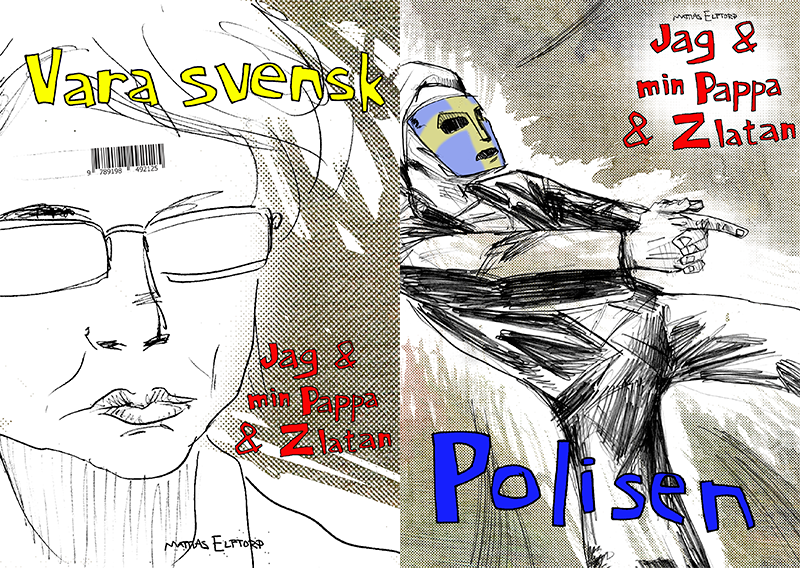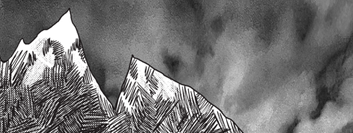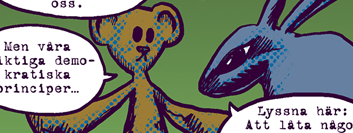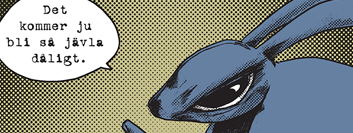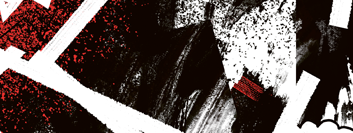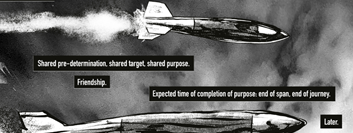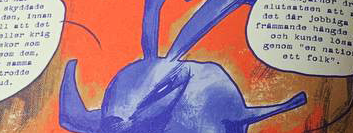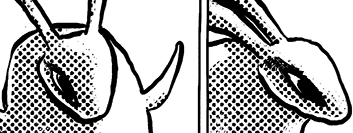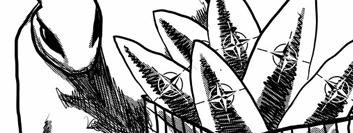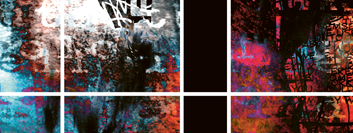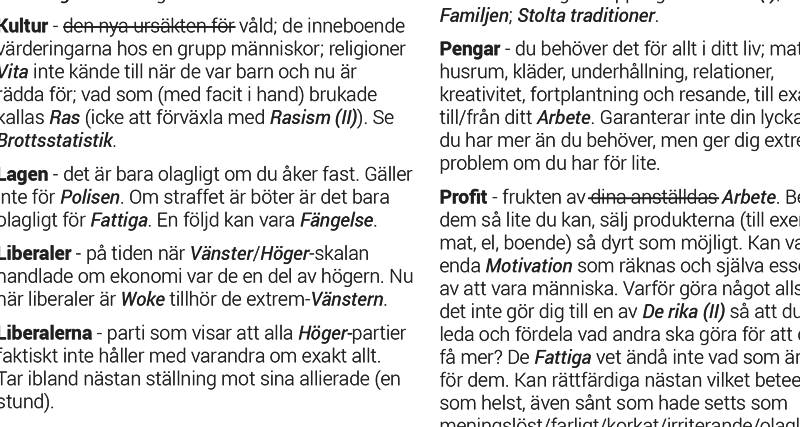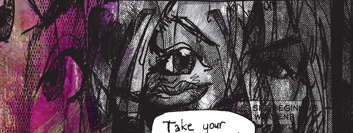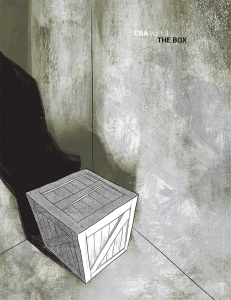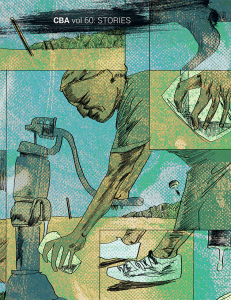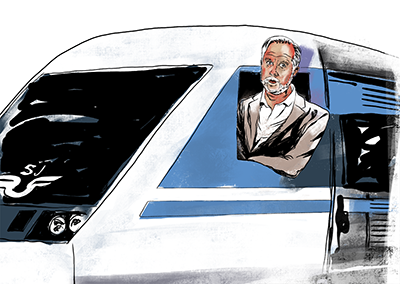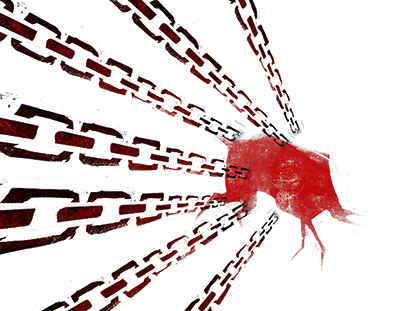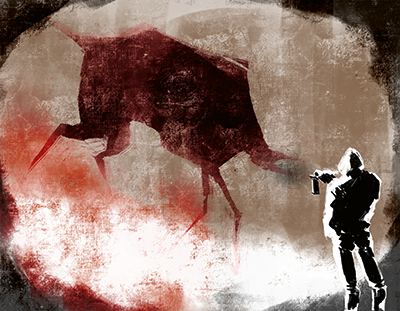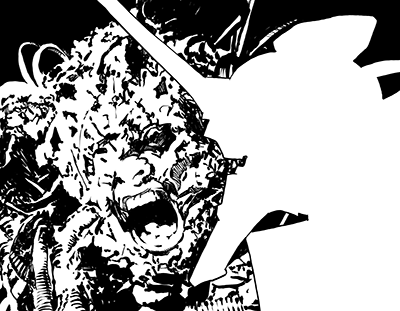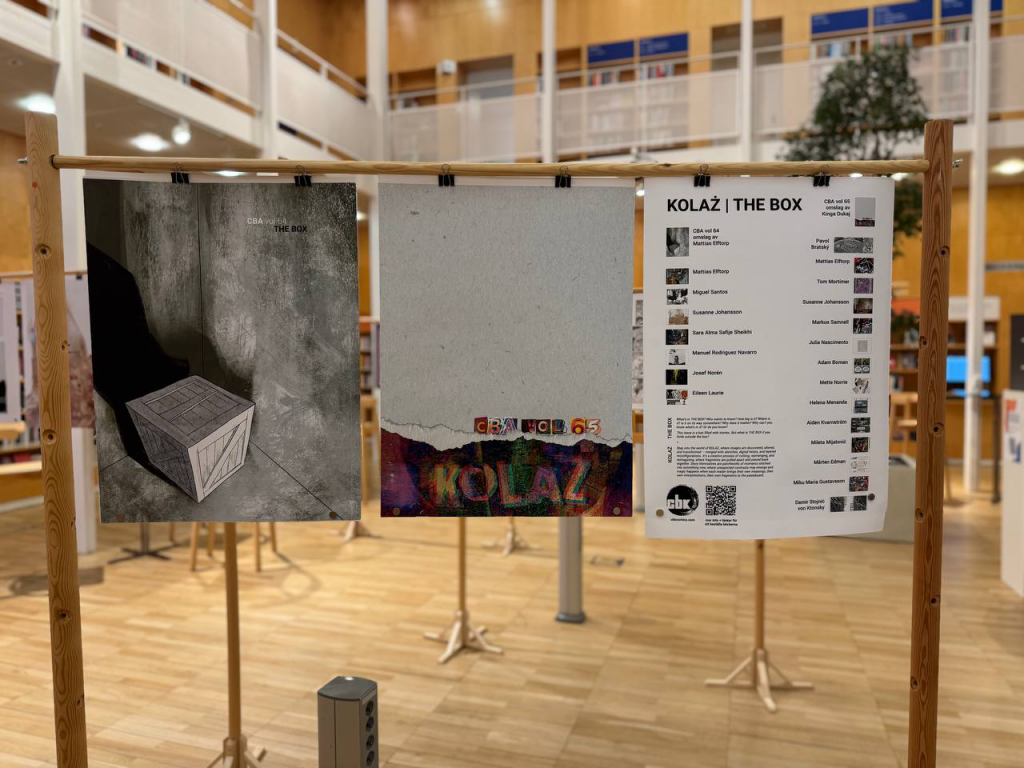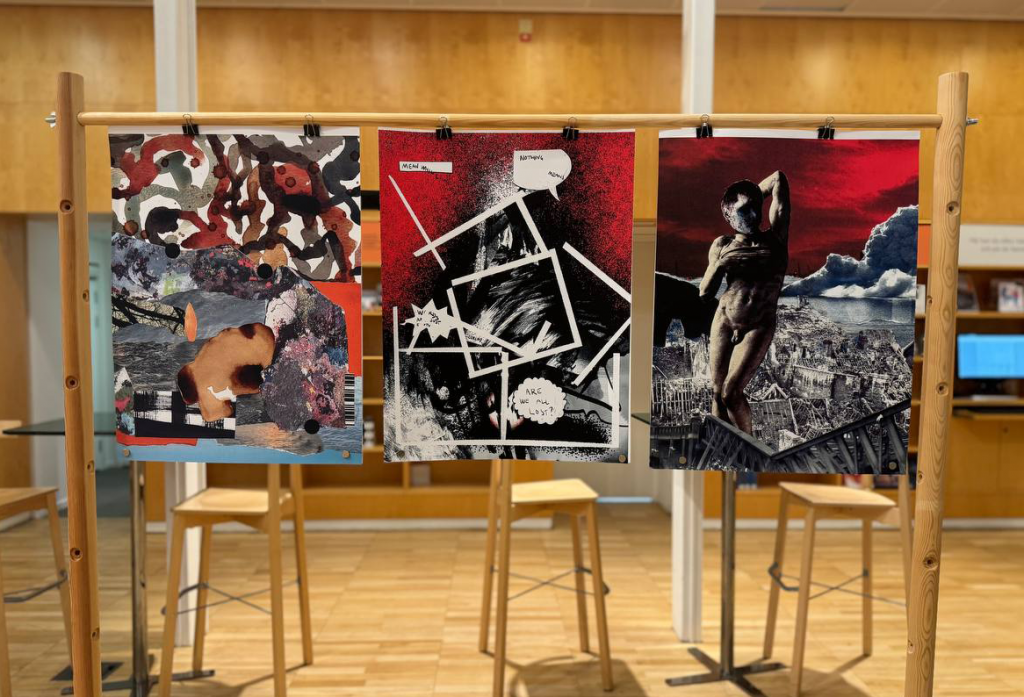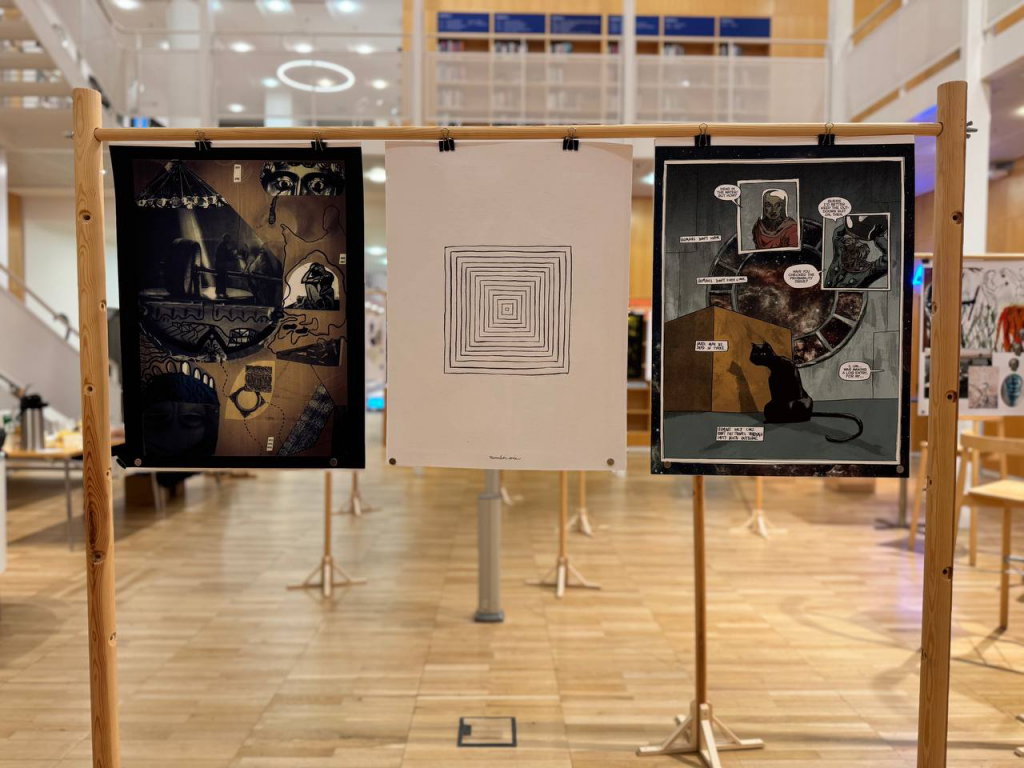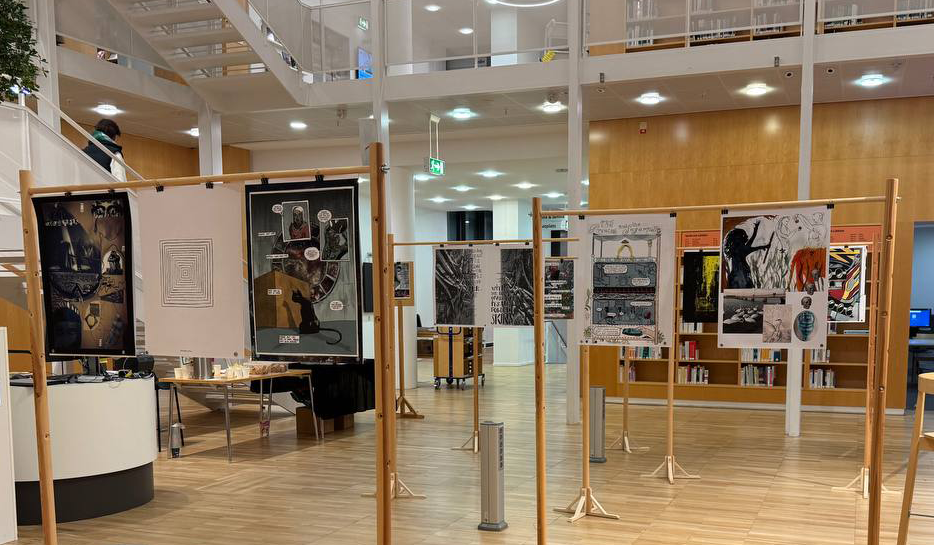The official inquiry about the Snitch Law was made official about two weeks ago. I wrote this about it for Tusen Serier, as kind of a follow-up to the exhibition Angiverisamhällets Baksidor (which is still up at Fish Tank Gallery/Panora, and readable here), and I wanted to share it here as well.
The text is in Swedish because it’s about Swedish politics, but in short: The proposed snitch law looks like it’ll affect fewer institutions than the right wing coalition originally wanted, but employees in 6 different authorities will still be forced by the law to report on anyone they come in contact with who is undocumented. AND there will be other measures to make it easier to deport people. Kind of like it already was, which was bad enough, but worse, with less respect for personal integrity etc. Another step in the process of dehumanising immigrants, asylum seekers and the like.
Here’s what I wrote:
Slutbetänkande av Utredningen om stärkt återvändandeverksamhet är nu lämnat till regeringen och den presenterar ”vissa åtgärder för stärkt återvändandeverksamhet och utlänningskontroll”.
Migrationsminister Johan Forssell (M) säger att ”Samarbetspartierna är överens om att skola, vård, socialtjänst och bibliotek ska undantas från den föreslagna informationsplikten”, dvs lagen blir inte så långtgående som det var tänkt från början. Antagligen delvis på grund av att det har funnits en proteströrelse mot det här lagförslaget. Amnesty och Civil Rights Defenders har gjort en namninsamling med 25 769 underskrifter som säger nej till anmälningsplikten. Den lämnades visserligen in strax innan pressträffen om slutbetänkandet som hölls den 26 nov, dvs efter att utredningen redan var klar, så det är oklart hur namninsamligen påverkade resultatet.
Både fackförbund, arbetsgivarorganisationer, kommuner, patientorganisationer och privatpersoner har dock protesterat på olika sätt under paroller som VI ANGER INTE, där målet inte bara har varit att stoppa lagförslaget utan också att sprida en kultur av att vägra anmäla om/när lagen införts. Det kan också vara så att de undantagna myndigheterna helt enkelt inte kunde inkluderas för att det hade brutit för tydligt mot grundlag och konventioner som Sverige har skrivit under. Visserligen bryter vi redan ofta mot till exempel barnkonventionen, men den gör det väl svårare att motivera en lag som uttryckligen skulle tvinga offentligt anställda att bryta mot den.
Men där slutar de positiva nyheterna.
För de som nu enligt lag ska bli skyldiga att polisanmäla när de kommer i kontakt med personer som vistas i Sverige utan tillstånd är ”endast” Arbetsförmedlingen, Kronofogden, Försäkringskassan, Pensionsmyndigheten, Kriminalvården och Skatteverket. Detta är myndigheter som redan har en kultur av att kontrollera och misstro sina klienter och det är potentiellt många människor i redan utsatta situationer som kommer att påverkas. De kommer nu behöva hitta alternativa lösningar i de situationer det är möjligt för att undvika kontakt med de här myndigheterna (vilket många redan tidigare har varit tvungna att göra).
Men insatserna för att stärka ”återvändandeverksamhet och utlänningskontroll” tar inte slut vid angiverilagen, för i den här satsningen kommer också att ingå saker som att:
– Polisen ska få arbeta underrättelsebaserat och göra selektiva kontroller grundat på information.
– Mobiler och datorer ska få omhändertas och sökas igenom för att bättre kunna klarlägga en misstänkt utlännings identitet i syfte att underlätta avvisning. Sådan kommunikationsutrustning får omhändertas med hjälp av husrannsakan.
– Det ska bli möjligt att lagra biometri som fingeravtryck i alla ärenden om uppehållstillstånd (tidigare har det bara fått lagras i asylärenden).
Åldersgränsen för fingeravtryck ska sänkas från 14 till 6 år.
Biometri ska även få användas i medborgarskapsärenden för att kontrollera identitet och kravet på vandel.
Det handlar alltså om ganska stora inskränkningar i den personliga integriteten som ingår i utredningens förslag. Och vi ska inte glömma att hela syftet med utredningen klargörs redan i titeln. Det handlar om att göra det lättare att slänga ut folk ur landet, en grundinställning som av de flesta politiker och många journalister numera inte överhuvudtaget ifrågasätts.
Men rörelsen som motsätter sig lagen lever vidare och förhoppningsvis kommer det finnas personer på olika myndigheter och samhällsinstitutioner som är beredda att bryta mot sådana här lagar för att skydda medmänskligheten.
Du kan fortfarande se vår utställning Angiverisamhällets Baksidor på Fish Tank Gallery/Panora i Malmö, och även läsa de utstälda serierna här, där sju serieskapare ger sin syn på saken.
Here’s my comic for the exhibition, in its entirety:




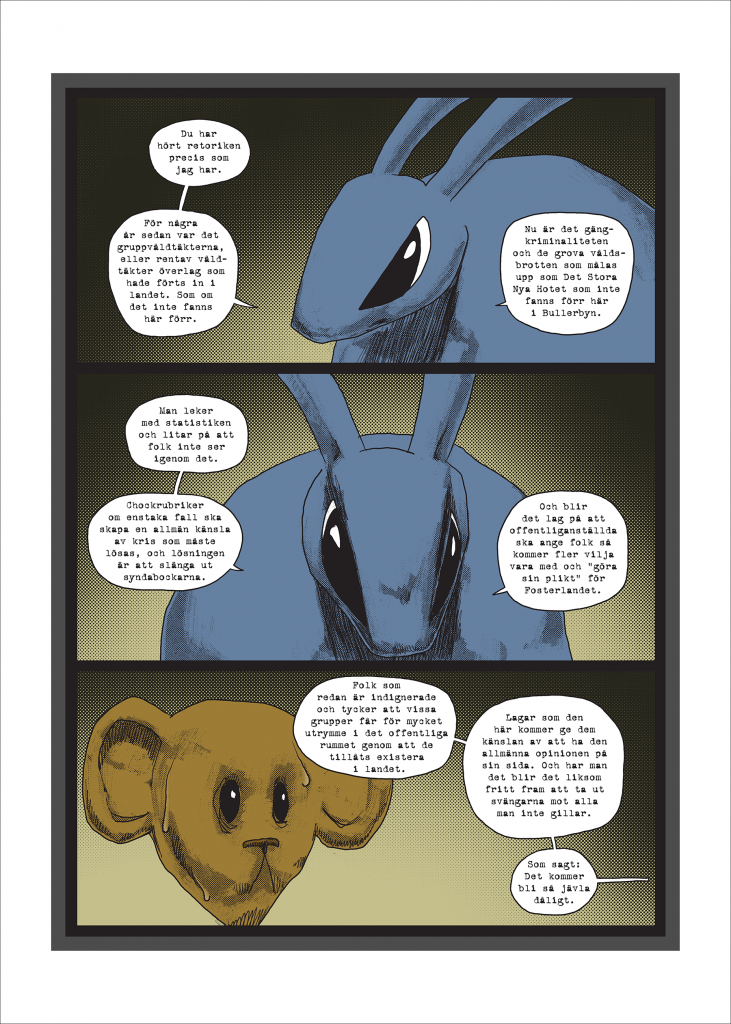
 Sannolikhetsdrift
Sannolikhetsdrift





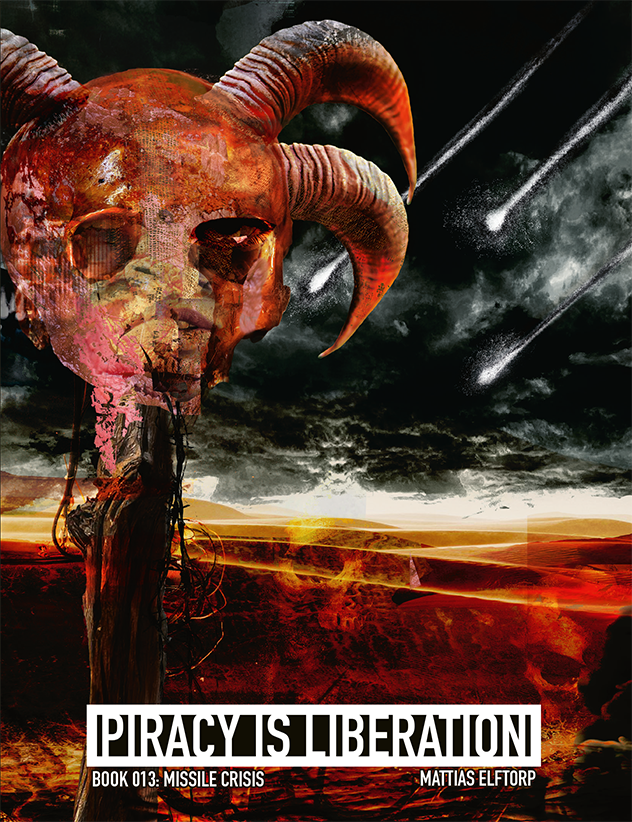

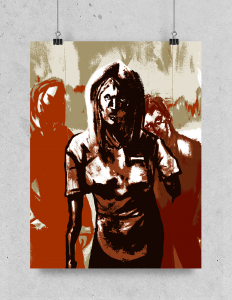







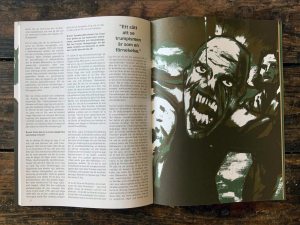









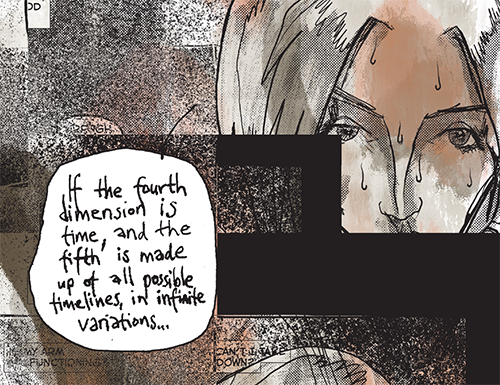

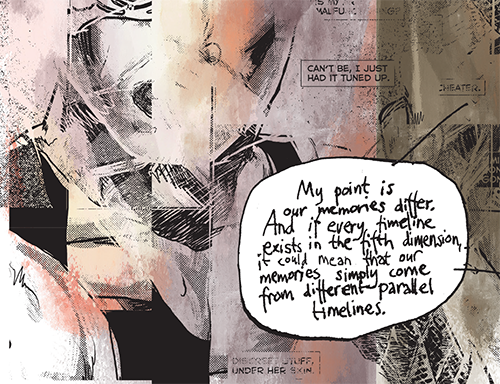

 I also wrote an alternative version of my introduction, written from the perspective of an AI text generator. See if you can spot the difference:
I also wrote an alternative version of my introduction, written from the perspective of an AI text generator. See if you can spot the difference:







